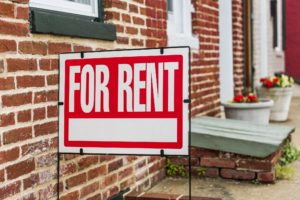 2019 marked the ninth year of annual increases in the CoreLogic [1] single-family rent index, which measures changes in rents paid for single-family homes in the U.S. After rebounding from decreases experienced from 2009 to 2011 during the Great Recession, single-family rents settled in at about a 3% per year increase for most of 2019, ending the year with a 2.9% year-over-year increase in December.
2019 marked the ninth year of annual increases in the CoreLogic [1] single-family rent index, which measures changes in rents paid for single-family homes in the U.S. After rebounding from decreases experienced from 2009 to 2011 during the Great Recession, single-family rents settled in at about a 3% per year increase for most of 2019, ending the year with a 2.9% year-over-year increase in December.
Increases in rents were higher for lower-priced rental properties than for higher-priced rental properties, continuing a trend that started in 2014. In December 2019, properties with rents 75% or less of a region’s median rent increased by 3.4% year over year, compared with 2.5% year over year for properties with rents more than 125% of the regional median rent.
Strong economic growth, coupled with the lowest unemployment rate in over 50 years, contributed to strong household formation in 2019, including a small increase in the number of renter households. Already-low rental home inventory, relative to increased demand, drove the rental vacancy rate on one-unit homes down to 5.2%, which was the lowest one-unit rental vacancy rate since 1995.
Mobility also played a role in rent increases, especially at the metro level. While most states in the U.S. saw an increase in population in 2019, some states saw larger increases than others, and some experienced a decrease in population. Arizona ranked third for population growth in 2019 by both number and percentage increase. This population growth is reflected in high rent increases in both Phoenix and Tucson, which had some of the highest year-over-year rent growth in the country for the past year. In contrast, Illinois and Hawaii both had a decrease in population in 2019, which could account for the slower rent growth in Chicago and Honolulu.